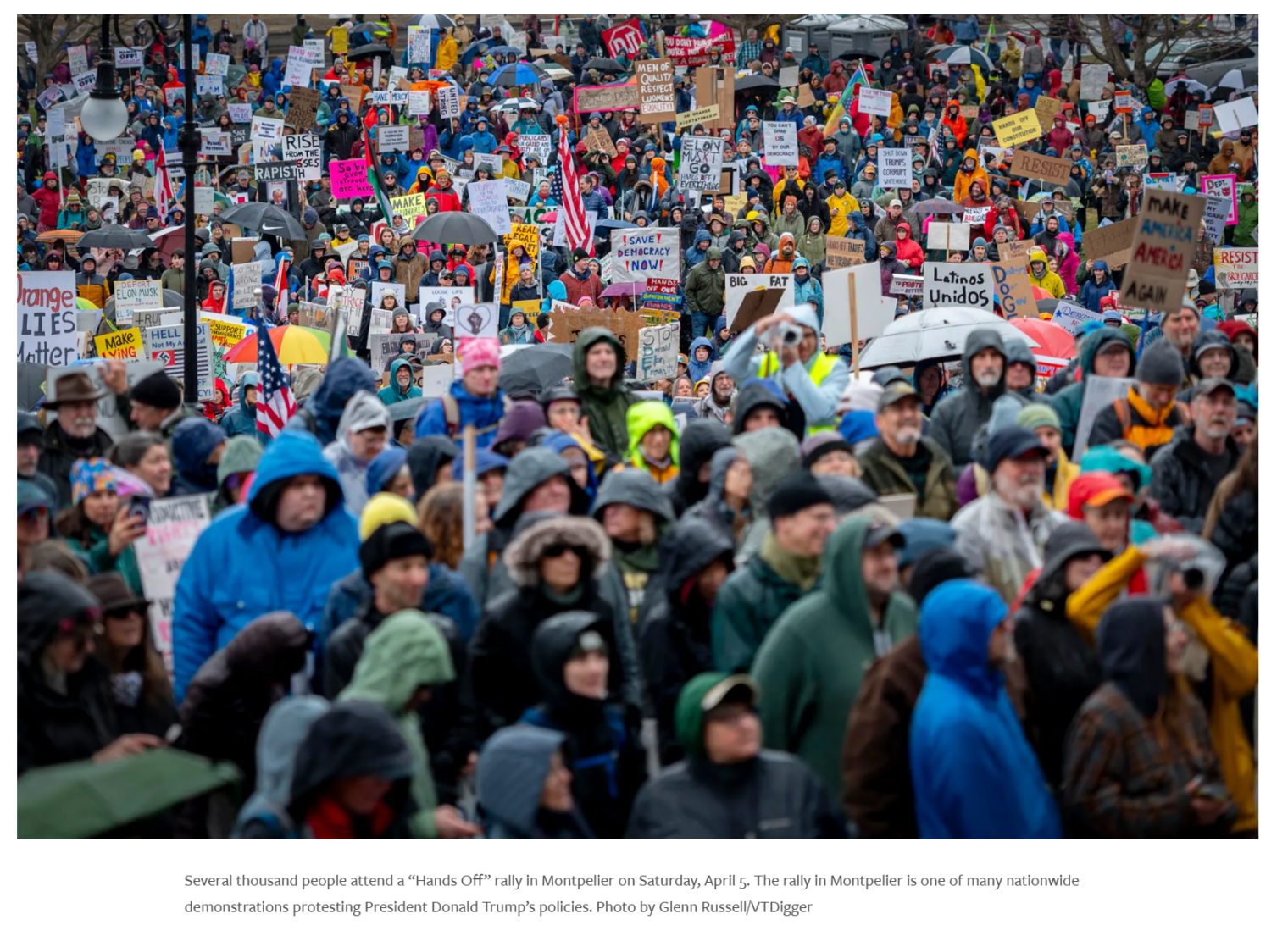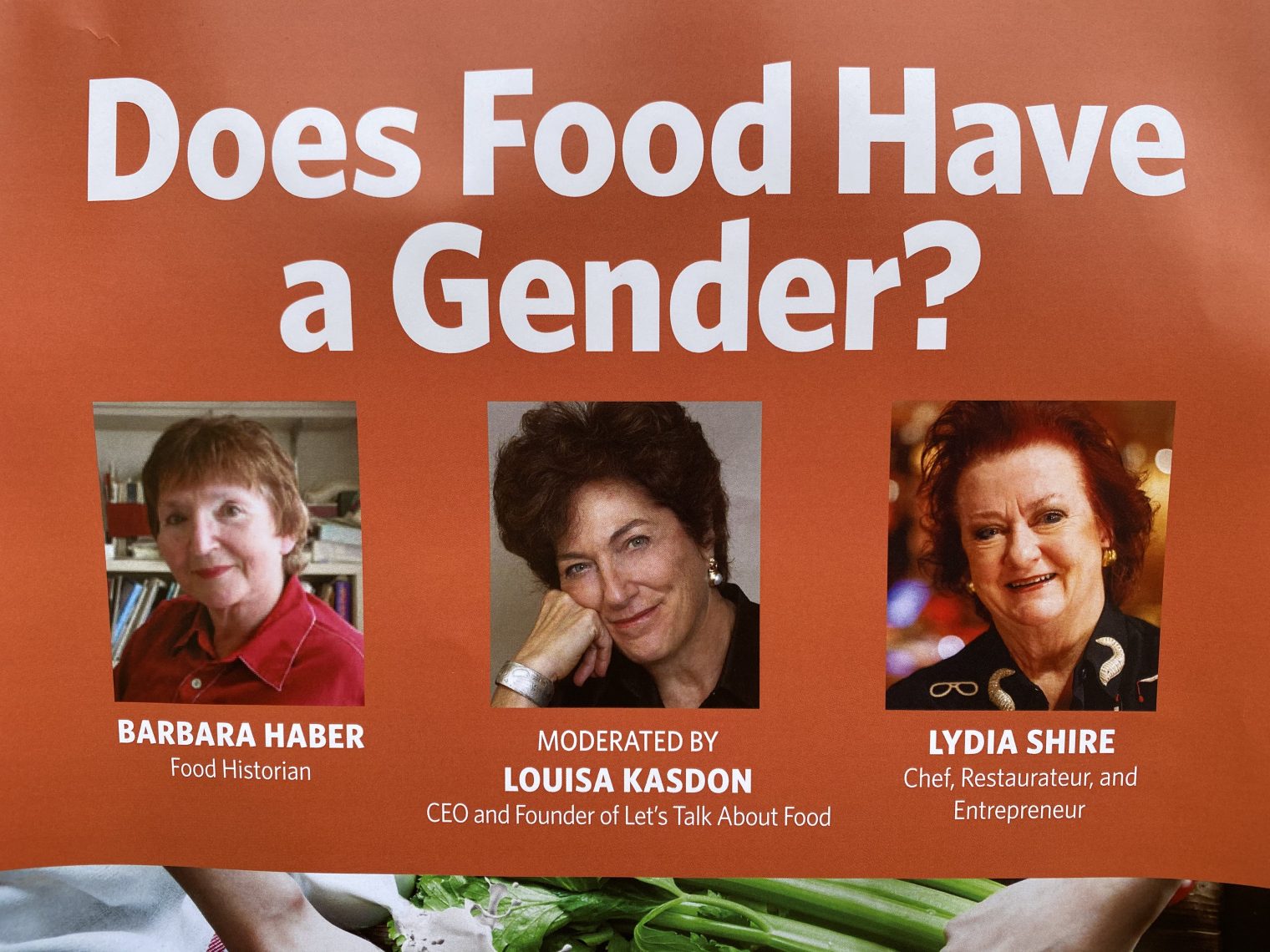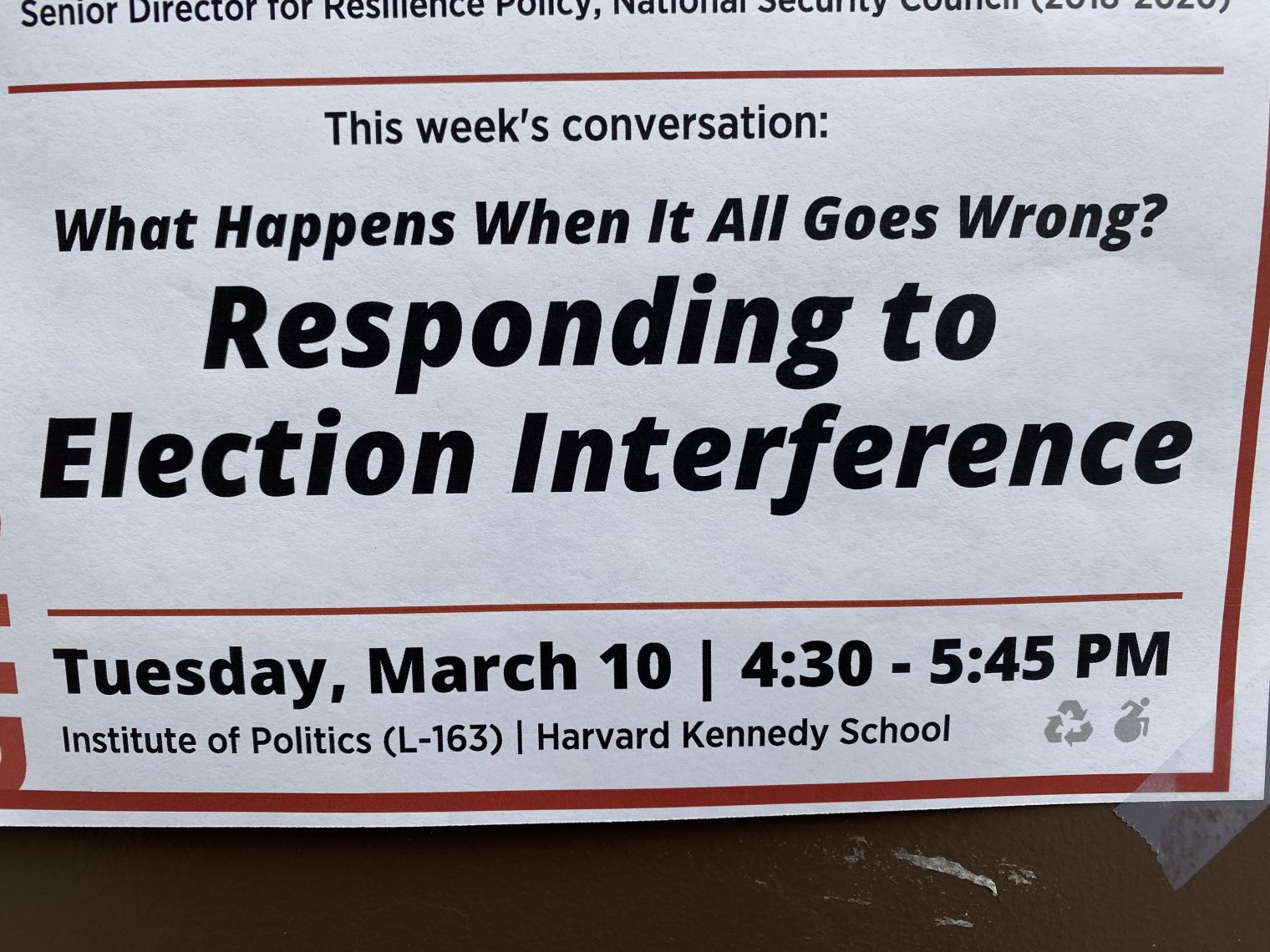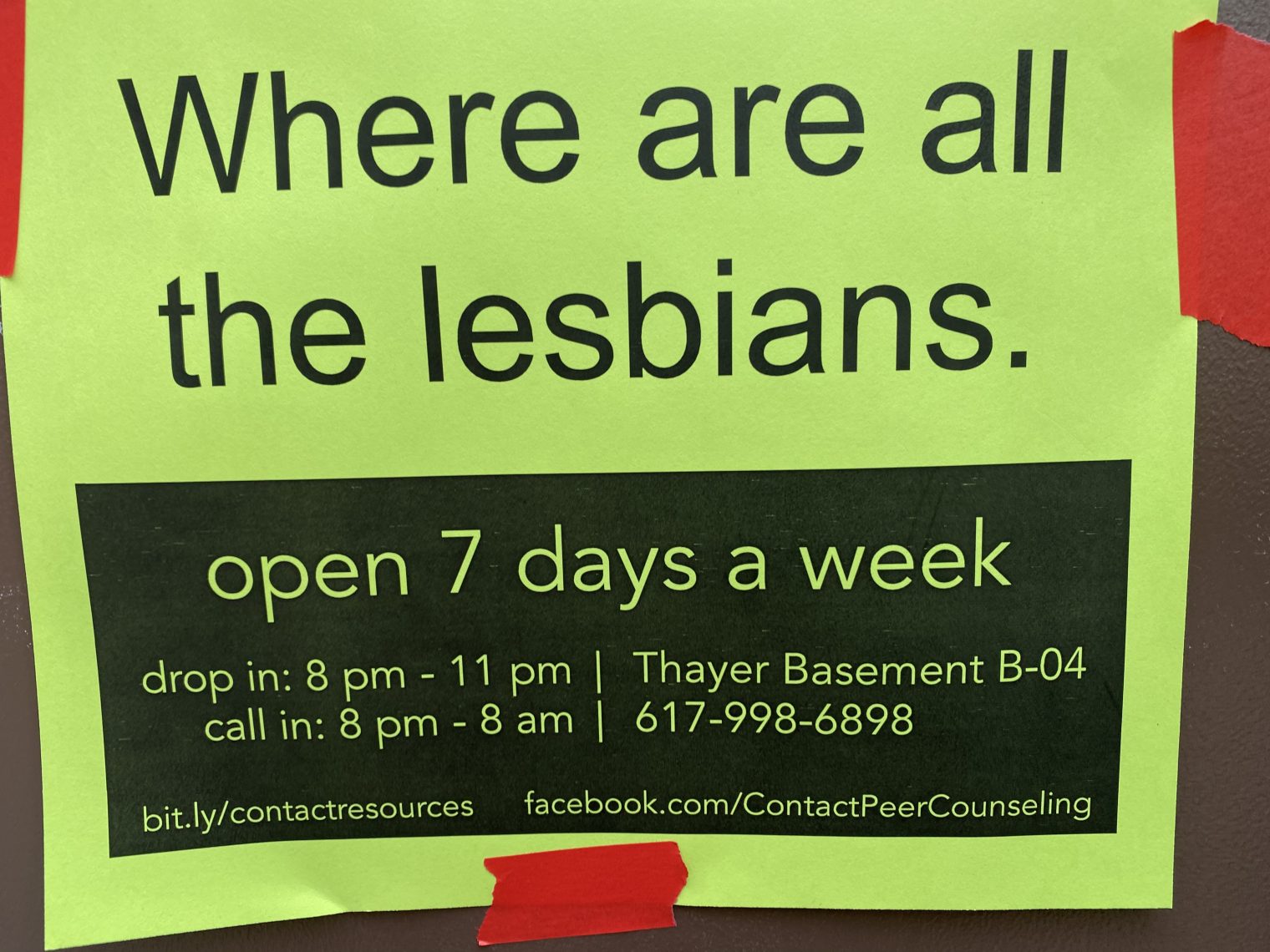Five years ago… Investing in the time of plague?
Thought experiment: What stocks will go up in response to the coronavirus plague?
One idea: Comcast and similar cable TV stocks. If people are stuck at home they won’t mind paying for premium channels and will be less likely to cut the cord.
Second idea: airlines and hotel stocks. “Buy on bad news” is the theory here.
Some ideas from readers in the comments:
- Oil ETFs and/or Exxon/Mobil (XOM)
- Valero (VLO) for diesel fuel
- telephone stocks (Verizon?)
- an index fund of Japanese pharma companies
- carnival cruise stock
- short Boeing and Airbus (BA, EADSY)
Let’s see if my ideas are reliably terrible. Comcast is about flat today (dramatically lower, if adjusted for Bidenflation) than it was five years ago while the S&P 500 has roughly doubled:
How about Hilton (HLT) as a proxy for the hotel industry? It has outperformed the S&P 500.
For airlines, JETS seems to be the ETF that holds U.S. airline stocks. It hasn’t done great.
Reader ideas? XOM and CCL (Carnival cruises) would balance each other out:
Conclusion: it is difficult to beat the index.
Full post, including comments 















